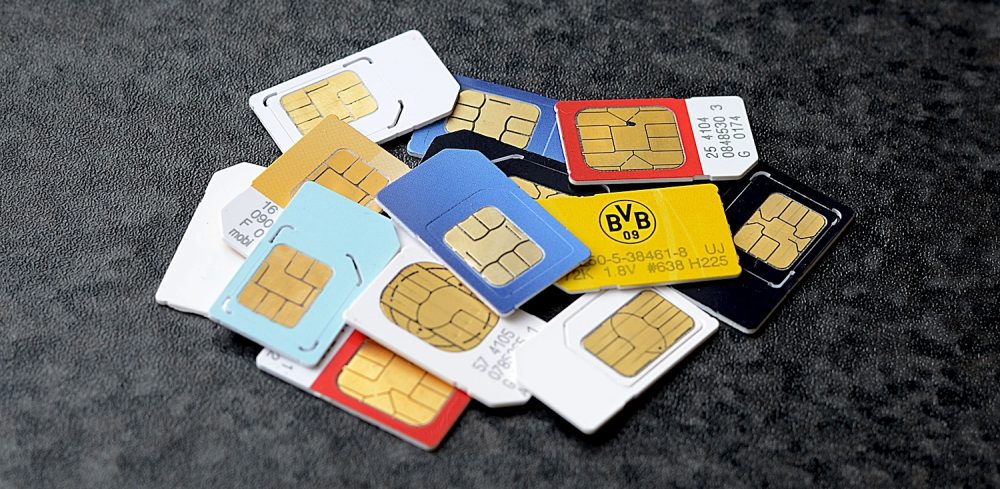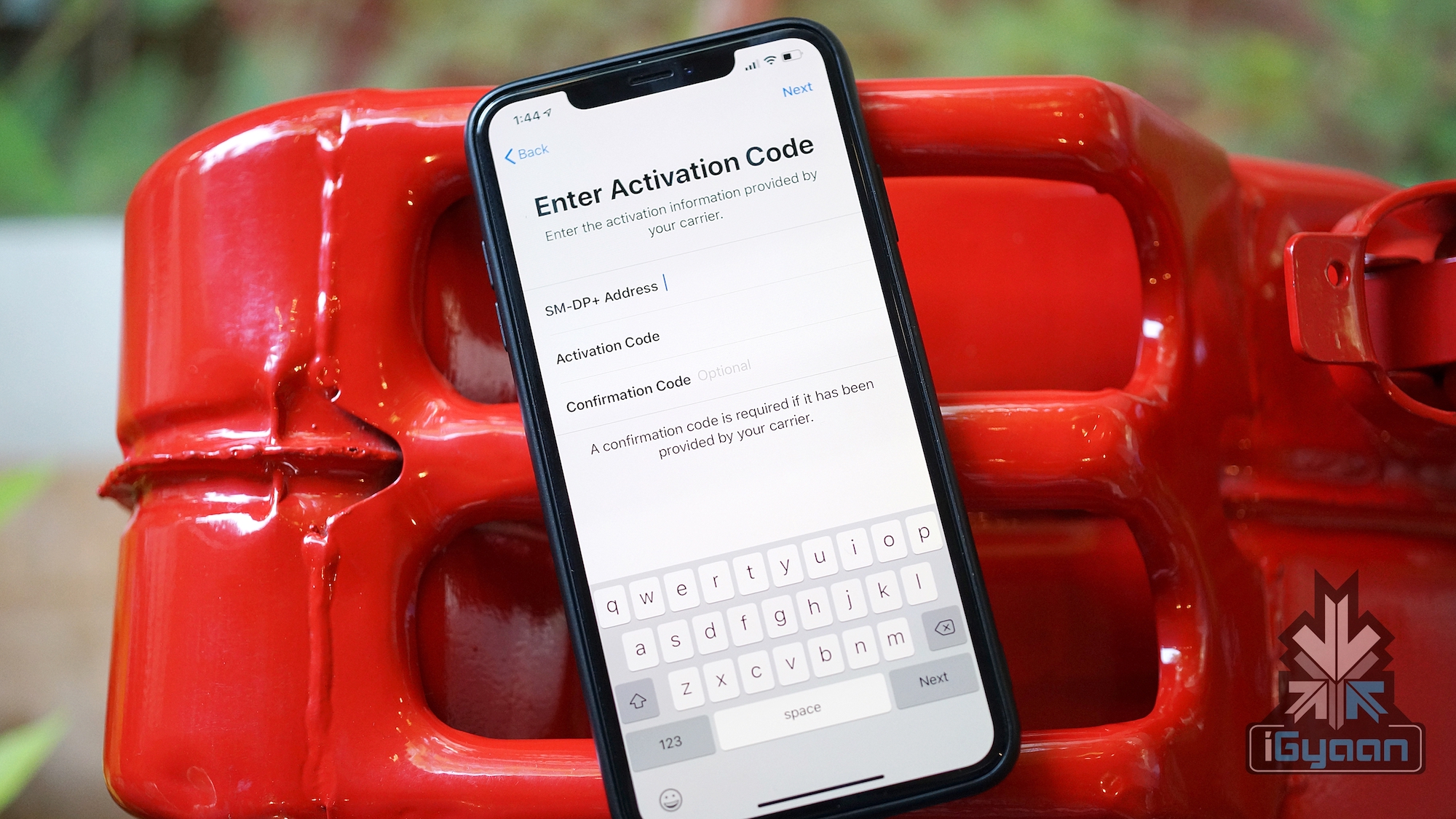eSIM Technology Explained : Why Do More Phones Not Have It?

We get a lot of questions from our readers regarding eSIM cards. Are they physical SIM cards? Do they require changes in hardware or software? If they are just software changes then why aren’t they introduced to phones that have already been released and so on. In this article, we will discuss this relatively new technology and try to clear the air regarding eSIMs. We will also try and answer some of these questions.
What Is An eSIM?
As the name suggests, eSIM is an electronic SIM card. An eSIM replaces the need for a physical SIM card that has been a part of our phones for ages. There are several reasons for the SIM cards to face the axe but we will talk about those later. The eSIM was introduced out of need, more than out of want. Samsung was working on a smartwatch that would allow a person to remotely connect to cellphone carriers without the need for a phone. Samsung’s Gear S2 smartwatch was the first device to use the eSIM. With the launch of Apple XS and XR, eSIM has now become a widely known technology.

Is It Hardware Or Software?
This has been a huge question for the uninitiated as everyone wants to know if the eSIM feature has any hardware complications or does it just happen via software. Well, it involves both. The eSIM is a very small SIM card that is attached to the phone. It is much smaller than a Nano SIM card. The eSIM card is 6mm x 5mm in size. Comparing it to a Nano SIM card which stands at a much larger 12.3mm x 8.8mm, the eSIM provides the manufacturers an opportunity to get rid of the bulky SIM card tray and use that space to include something else.
Since the entire eSIM technology involves hardware, it will not be possible to inculcate this technology into smartphones that do not have this tech. So your Oneplus 6 or 6T or even your Samsung Galaxy S9 won’t be able to make use of this feature. The eSIM is non removable and it is safely tucked inside the phone. The most important thing about the eSIM feature is that one does not need to change SIM cards when changing their network operator. They can simply do so using software.
If you are using an eSIM on your watch, it can have the same number as your phone. This helps you to make and receive call from your watch even if you do not have your phone with you. eSIM cards will also negate the hassle that one has to face when changing phones. Some phones use a Nano SIM, some use a Micro SIM and so on.
Future Of eSIM
GSMA, the organisation that represents the interests of mobile operators, has announced a standard for this new kind of SIM. The use of smartwatches have also increased in the recent times and this means more and more use of eSIM card. This is good news as the future is definitely moving towards eSIM cards. AT&T, Deutsche Telekom, Etisalat, Hutchison Whampoa (owner of Three and soon O2), Orange, Telefónica (the current O2 owner) and Vodafone have all shown their support for this technology and we can definitely expect more and more phones to use this feature in the future.























 ! For i
! For i

